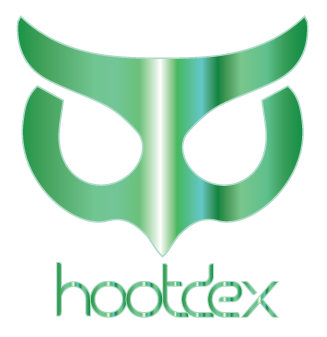How Can We Help?
Managing Debt
Effectively managing debt is crucial for maintaining financial health and stability. Here’s a comprehensive guide to understanding, reducing, and managing debt, including considerations for handling cryptocurrency-related debt.
Understanding Your Debt
1. Know Your Debt Types
- Revolving Debt: Includes credit cards and lines of credit, where you can borrow up to a credit limit and repay it over time.
- Installment Debt: Includes loans like mortgages, auto loans, and student loans, where you repay a set amount periodically over a fixed term.
- Secured Debt: Debt backed by collateral, such as a mortgage or auto loan.
- Unsecured Debt: Debt not tied to any asset, such as credit card debt or medical bills.
2. Debt Terms
- Interest Rate: The percentage of the loan amount charged as interest.
- Minimum Payment: The smallest amount you are required to pay each month.
- Debt-to-Income Ratio: The percentage of your income that goes toward paying debt.
Developing a Plan to Reduce Debt
1. Assess Your Financial Situation
- List All Debts: Include the amount owed, interest rates, and minimum payments for each debt.
- Budget Review: Examine your income and expenses to determine how much you can allocate toward debt repayment.
2. Debt Reduction Strategies
- Debt Snowball Method: Focus on paying off the smallest debt first while making minimum payments on others. Once the smallest debt is paid off, move to the next smallest.
- Debt Avalanche Method: Prioritize paying off the debt with the highest interest rate first, which saves more money over time.
- Consolidation: Combine multiple debts into a single loan with a lower interest rate, potentially simplifying payments.
3. Seek Professional Help
- Credit Counseling: Consult with a trained credit counselor to develop a debt management plan and receive guidance on handling your debts.
Dealing with Debt Collectors
1. Verify Validity
- Check Accuracy: Ensure that any debt you are being asked to pay is valid and accurate. Request written verification of the debt.
- Dispute Errors: If there are inaccuracies, dispute them with the debt collector and credit bureaus.
2. Communicate Effectively
- Document Interactions: Keep records of all communication with debt collectors.
- Negotiate: If the debt is valid but you cannot pay it in full, negotiate a repayment plan or settlement.
Managing Student Loans
1. Explore Repayment Options
- Standard Repayment Plan: Fixed monthly payments over a set term.
- Income-Driven Repayment Plans: Payments based on your income and family size, with potential for loan forgiveness after a certain period.
- Deferment or Forbearance: Temporary suspension of payments due to financial hardship.
2. Understand Consequences
- Late Payments: Can impact your credit score and accrue additional interest or fees.
- Loan Servicer: Contact your loan servicer to explore options if you encounter difficulties making payments.
Handling Medical Bills
1. Verify Charges
- Check Accuracy: Review medical bills for errors and ensure that all charges are correct and authorized.
- Insurance Coverage: Confirm that all covered expenses are billed correctly to your insurance provider.
2. Payment Options
- Payment Plans: If you can’t pay the bill in full, negotiate a payment plan with the healthcare provider.
Understanding High-Cost Debt
1. Identify High-Cost Debt
- Credit Cards: Often carry high interest rates compared to other types of loans.
- Payday Loans: Typically have extremely high interest rates and fees.
2. Seek Lower-Cost Alternatives
- Balance Transfers: Transfer high-interest credit card balances to cards with lower interest rates.
- Personal Loans: Consider personal loans with lower interest rates to consolidate high-cost debt.
Cryptocurrency and Debt Management
1. Understanding Cryptocurrency Debt
- Crypto Loans: Some platforms offer loans using cryptocurrency as collateral. These loans can be risky due to the volatility of cryptocurrency prices.
- Interest Rates: Cryptocurrency loans can have high interest rates and fees.
2. Managing Crypto-Related Debt
- Monitor Prices: Keep an eye on the value of your collateral to avoid margin calls or liquidation.
- Repayment Plans: Be cautious with repayment schedules and ensure you can meet obligations to avoid additional costs or loss of collateral.
3. Avoid Over-Leveraging
- Risk Assessment: Evaluate the risks of borrowing against your crypto holdings and avoid over-leveraging, which can lead to significant losses.
In Closing
Effectively managing debt involves understanding your debt types, developing a repayment strategy, seeking professional help when needed, and staying informed about the risks associated with high-cost debt and cryptocurrency. By taking a proactive approach and making informed decisions, you can improve your financial health and work towards reducing and managing your debt effectively.
